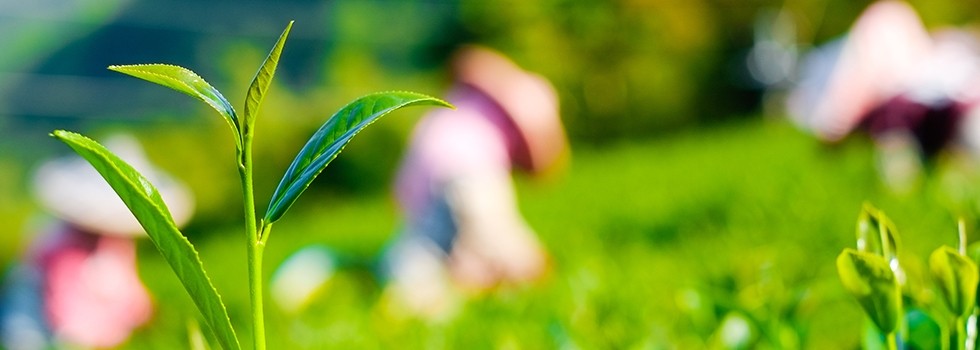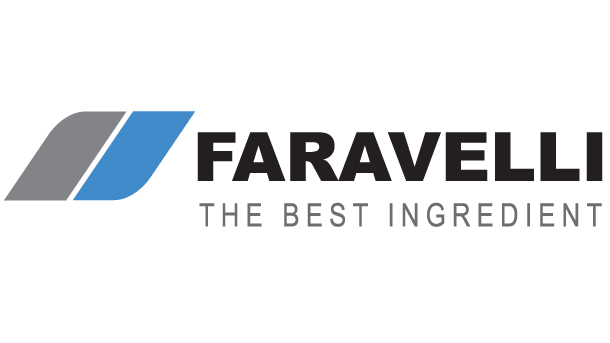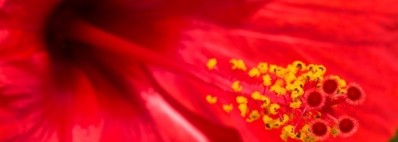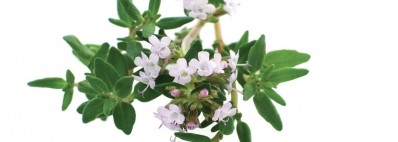Promotional Features
Oolong, a great metabolic booster
From aged Oolong Tea leaves (Camellia sinensis), a new bioactive ingredient and a great source of teaghrelins
Among the very large variety of Chinese teas, Chin-shin oolong tea (known in China as Qing Cha) lies between green tea (which is not fermented) and black tea (fermented). In fact, just like green and black teas, oolong tea is made from the leaves of Camellia sinensis, an evergreen plant whose leaves and leaf buds are used to produce tea. It is of the genus Camellia (Chinese: 茶花; pinyin: cháhuā, literally: "tea flower") of flowering plants in the family Theaceae. Common names include "tea plant", "tea shrub" and "tea tree".
The difference between green, black and oolong teas depends on many factors, like the variety or cultivar of the Camellia sinensis plant, the terroir (geography, climate and culture) and how the tea leaves are processed after they are picked to obtain – in the case of Oolong - a semi-fermented variety, whose fermentation range varies from 8% to 70%.
The main cultivation regions of oolong tea are Fujian, Guangdong and Taiwan; the region where tea has been cultivated and processed determines the actual variety. There are four main varieties: Wu Yi Tea (also known as Cliff Tea or Rock Tea) from Northern Fujian Province; Tie Guan Yin (also called Chinese Oolong, Iron Buddha, Buddha of Mercy, Gun Yam) from Southern Fujian Province; Phoenix Oolong (also called Dan Chong Tea) from Guangdong Province and Tung Ting, High Mountain, Alishan and Baojung from Taiwan.
Particularly popular in Taiwan, oolong is an ancient variety of tea whose origin dates back over 400 years in China (Ming Dynasty) appreciated and famous for its quality and the uniqueness of its flavor.
While the most famous oolong teas originated in China and Taiwan, nowadays there are different styles of oolong that are being produced in other parts of the world, like India, Sri Lanka, Japan, Thailand and New Zealand.
Containing caffeine, flavonols, tea polyphenol, vitamin C and E, catechins, carotene and minerals such as zinc, selenium and florin, oolong tea was already very popular in the Traditional Chinese Medicine, which attributed a great number of health benefits, like for instance prevention of tooth decay, reduction and prevention of skin irritations, cholesterol control, fat metabolism control, regulation of body temperature and bronchial tract muscle relaxation. Modern and Western medicine have recognized the great health benefits of oolong tea as well.
A new source of teaghrelins
Naturalea, a Swiss company founded in 2014, has developed a highly technological extraction process that makes no use of excipients or additives, applied to carefully chosen and aged leaves of the Tzen oolong tea plant to obtain a bioactive rich lyophilized powder and a new source of teagrhelins.
Teagrhelins are acylated flavonoids that can be uniquely found in Chin-shin oolong tea leaves and that have been reported in literature for showing the same properties as ghrelin, the hunger hormone.
Several studies indicate how ghrelin regulates physiological functions, boosts metabolism and body vitality and promotes longevity.
Ghrelin stimulates protein anabolism in many tissues reflecting in increased amino-acid intake and enhanced utilization of fat.
Naturalea’s exclusive extraction and lyophilization process yields an innovative extract rich in teaghrelins, a unique bioactive with numerous potential benefits, with a great umami taste of aged oolong tea, and no bitterness.
Oolong final extract is lyophilized into a high-quality powder, easily soluble in water, which can be used to enrich dietary supplements formulations (sachets, bars, capsules and instant tea powders).
Oolong can be used in sports nutrition for protein absorption, in senior nutrition to enhance body vitality and in smart super foods as a great metabolism booster.
Companies in North America can now source Naturalea’s oolong from Faravelli Inc, the US subsidiary of Faravelli. Faravelli began operating in its native Italy in 1926, before going on to establish a presence in North America in 2014.




